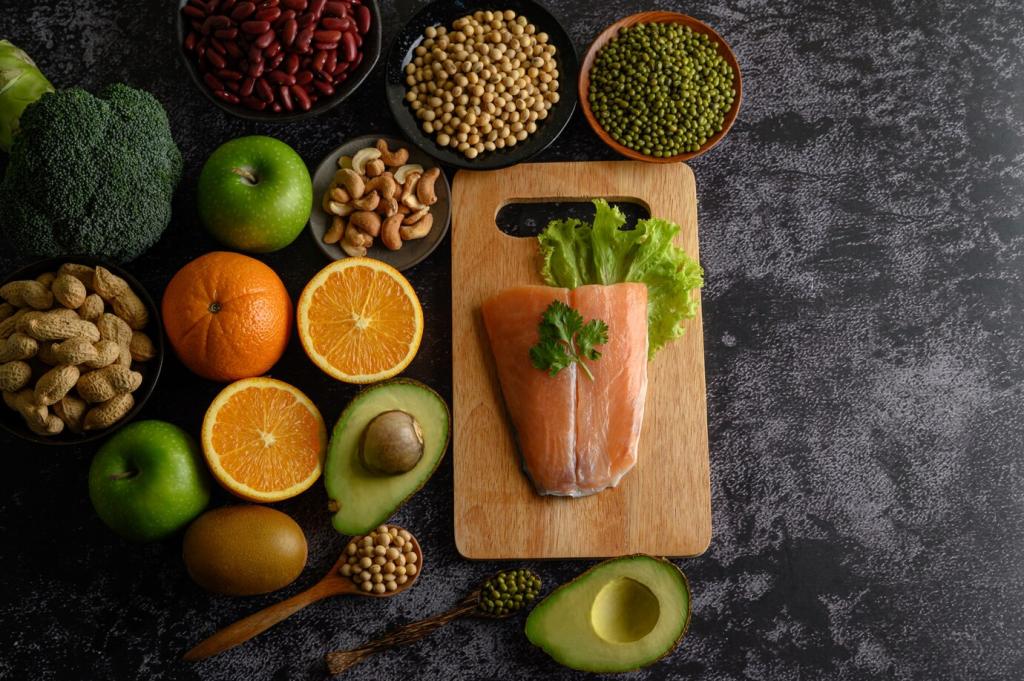
The Impact of Nutrition on Recovery and Injury Prevention
Chosen theme: The Impact of Nutrition on Recovery and Injury Prevention. Welcome to a friendly, evidence-informed guide to fueling healing, building resilience, and keeping you active. Subscribe, comment, and join the conversation as we turn meals into momentum.
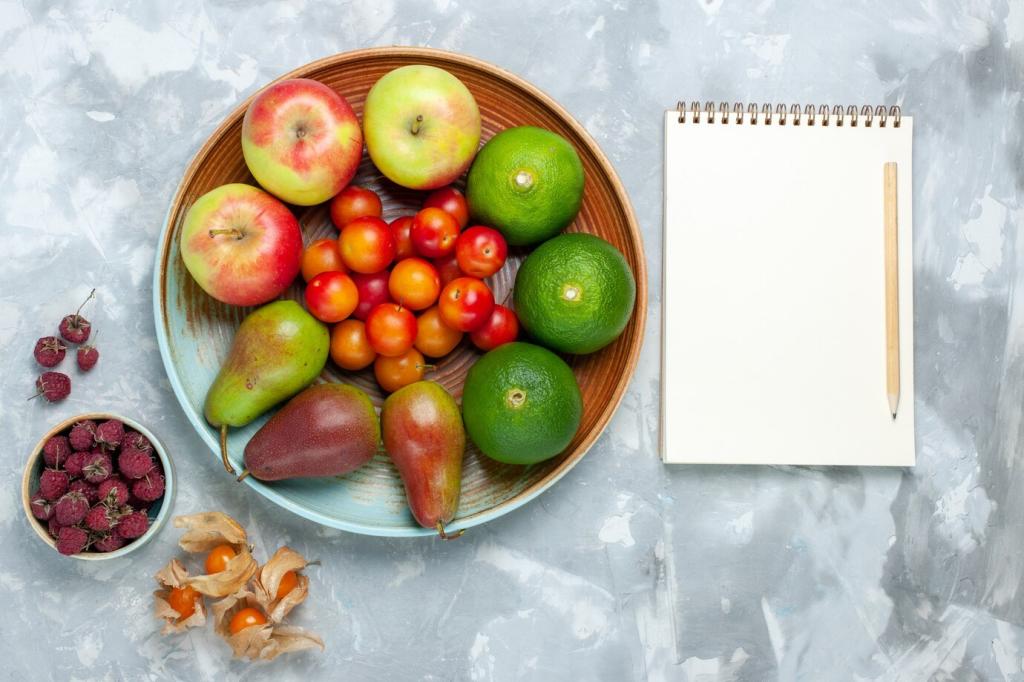
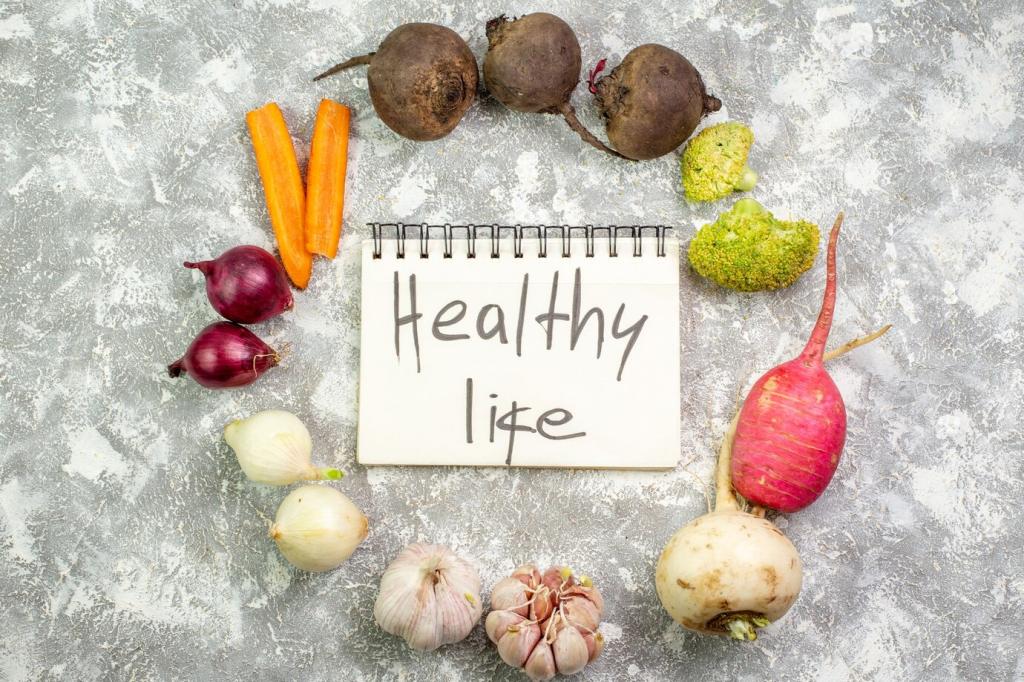
Why Food Is Your First Line of Defense
Protein supplies the raw materials for tissue repair; aim for roughly 1.6–2.2 g/kg daily, adjusted to your goals. Carbohydrates replenish glycogen, supporting immunity and training quality. Healthy fats power hormones and cell membranes. Share your favorite balanced recovery meal in the comments.
Why Food Is Your First Line of Defense
Vitamin D, calcium, magnesium, vitamin C, and zinc strongly influence bone integrity, collagen synthesis, and immune readiness. Even mild deficiencies can slow healing and raise injury risk. Save this post and subscribe for a practical checklist to cover your essentials without overcomplicating your plate.
Timing That Turbocharges Healing
Prime the session with smart pre-fuel
Two to three hours before training, build a plate with carbs, lean protein, and fluids plus sodium. For tendon work, 10–15 g collagen or gelatin with vitamin C 30–60 minutes pre-loading may support synthesis. Tell us your favorite pre-session snack that never lets you down.
During training: maintain power and protect tissues
For sessions beyond 60–90 minutes, consider 30–60 g carbohydrates per hour and steady electrolytes to preserve form and reduce injury-prone fatigue. Gentle sipping supports gut comfort. Practice your in-session fueling during easier days to avoid surprises when it matters most.
Post-workout: replenish, rebuild, and relax
Aim for about 0.3 g/kg protein—often 20–40 g—with 2–3 g leucine to trigger muscle repair, plus 1–1.2 g/kg carbohydrates in the first hours for glycogen. Rehydrate with electrolytes. Cap recovery with quality sleep for a powerful, nutrition-plus-rest repair cycle.
Stronger Bones, Tendons, and Muscles
Calcium-rich foods, vitamin D status, and vitamin K2 support bone mineralization alongside weight-bearing activity. Many athletes need more vitamin D in winter. Ask your clinician about testing and share how you keep bones strong during darker months.
Stronger Bones, Tendons, and Muscles
Studies show 10–15 g collagen or gelatin plus vitamin C before rehab can boost collagen production. A runner in our community reported calmer Achilles soreness after consistent dosing and loading. Consistency matters; pair supplementation with progressive, well-planned tendon work.
Stronger Bones, Tendons, and Muscles
Spread protein across four to five meals or snacks for steady repair, emphasizing leucine-rich sources like dairy, eggs, or soy. Older athletes may need slightly higher per-meal protein targets. Comment if you’ve noticed better soreness recovery after adjusting protein timing.
Hydration, Electrolytes, and Cramp-Proofing
Weigh yourself before and after workouts; roughly one kilogram lost equals one liter of fluid. Replace gradually, considering climate and intensity. Post your typical sweat rate and environment so we can crowdsource smarter hydration playbooks.
Hydration, Electrolytes, and Cramp-Proofing
Heavy sweaters often need 500–1500 mg sodium per liter to maintain fluid balance. Use sports drinks, salted foods, or broth as context demands. If you’re salt-sensitive or hypertensive, consult your clinician. What products have worked best for you in summer heat?
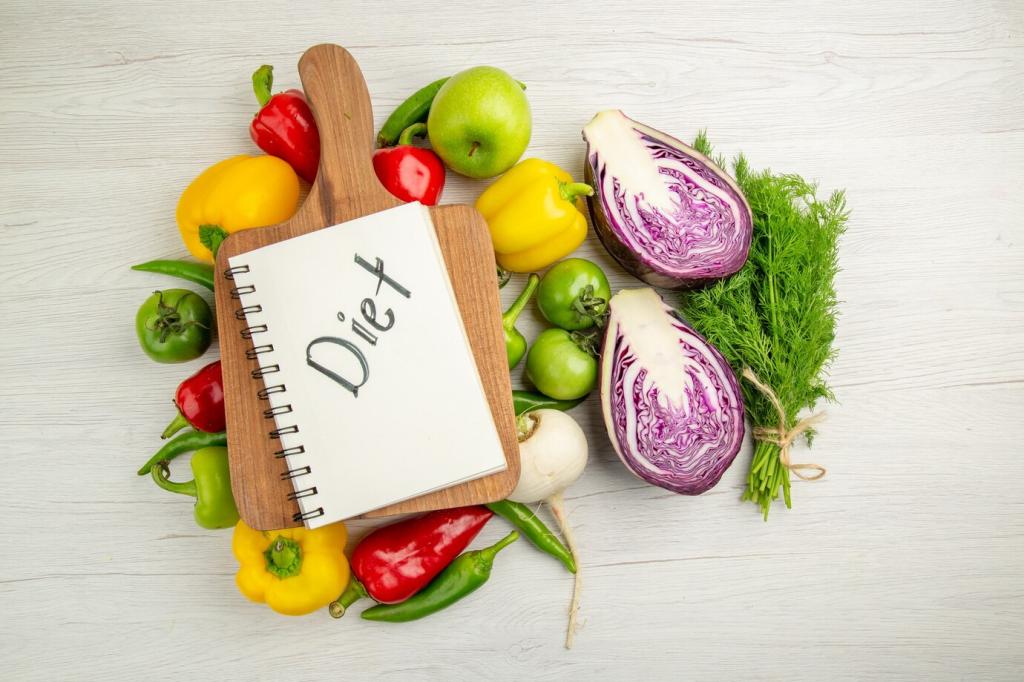
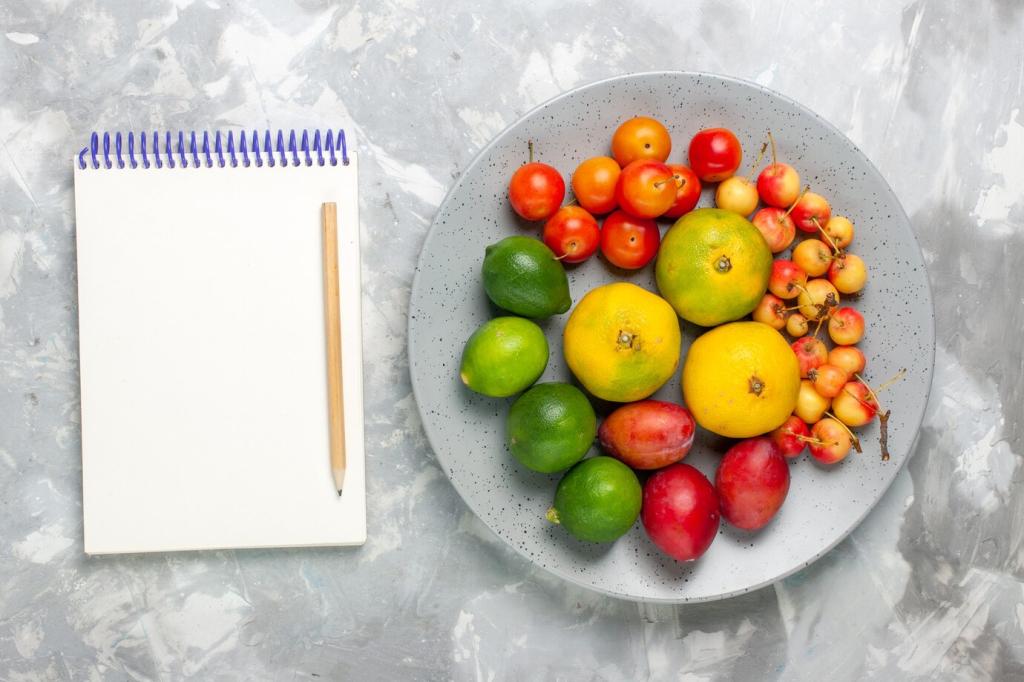
Gut Health, Immunity, and Recovery
Feed the microbiome for durability
Aim for 25–40 g daily fiber from diverse plants: berries, legumes, whole grains, nuts, and seeds. Include fermented foods like yogurt, kefir, kimchi, and tempeh. Time fiber and fermented foods away from intense sessions to reduce discomfort.
Probiotics and fewer missed training days
Certain Lactobacillus and Bifidobacterium strains may reduce upper-respiratory infections, keeping schedules on track. Consistency matters; think four to twelve weeks. Share your experience with probiotics and what actually fit into your routine.
Train your gut like a muscle
Practice your fueling strategy in lower-stakes sessions to reduce gastrointestinal distress on race day or in competition. Adjust carbohydrate sources and textures until tolerance improves. Drop a comment with the gels, chews, or drinks your stomach accepts reliably.
Breakfast: Greek yogurt, oats, berries, and nuts. Lunch: salmon, quinoa, roasted peppers, and olive oil. Snack: smoothie with milk, banana, and spinach. Dinner: bean chili with avocado and brown rice. Bookmark this and tweak to your tastes.
Practical Plates, Stories, and Accountability
A basketball player closed a lingering stress reaction by fixing low vitamin D and boosting calcium, returning stronger. A midfielder cut hamstring tweaks after distributing protein and adding pre-rehab collagen. Your turn—what small shift might help you this month?
